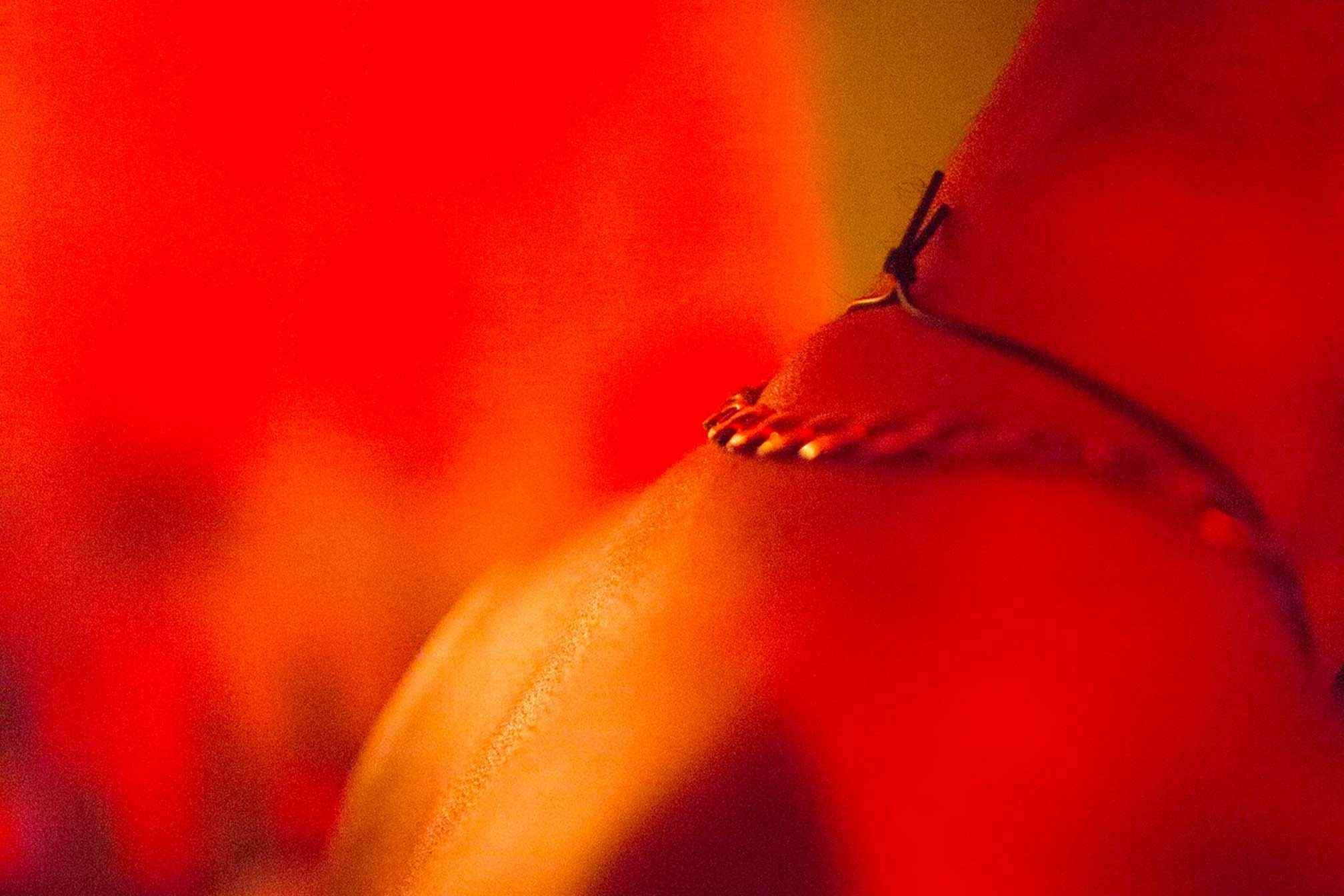 Culture
Culture
"Experimentation and freedom": Inside the exhibition documenting the history of Berlin techno
No Photos On The Dancefloor is an intimate portrait of the Berlin scene
When the Berlin Wall came down in 1989, West and East Berliners came together to create a thriving techno scene that is still very much alive today. Capturing the history of the scene from 1989 to present day, No Photos On The Dancefloor is a unique and multifaceted exhibition featuring photographers and video artists that have experienced the techno scene in Berlin first hand. Each has created an exciting body of work, based on how they became immersed in the techno scene of Berlin. Co-curator of the exhibition, Heiko Hoffmann, answered our questions on the featured artists, his experience of the scene and looks back on the day the wall came down.
How did you go about selecting the artists you wanted to be featured in the exhibition?
This exhibition came about because a couple of years ago I did a smaller exhibition starting from a museum in Brazil and it travelled around South America and South East Asia. And this was just a couple of artists and the first artist Martin Eberle, a Berlin-based photographer, did a lot of architectural photos of the Berlin nightclubs in the 1990s and made a book about this called Temporary Spaces which came out in 2001 and then also by Sven Marquardt who was a bouncer at Berghain but has also been a photographer. He did a body of work taking photos of his colleagues at Berghain and then a couple of other people.
So, for this exhibition, No Photos On The Dancefloor, I selected 26 different photographers and video artists. It's not a history museum and it's not for documentary, it's an art museum. A key artist for example, Wolfgang Tillmans, who photographed the scene and the reason why I wanted to call it No Photos On The Dancefloor is because I was looking for something that made the Berlin nightlife scene different to club scenes in other parts of the world. All the photographers and all the artists included in this exhibition have something in common and that is that they are really part of the scene and have been part of the scene.
Read this next: A new book about Berlin's 90s techno scene
How were the images in the exhibition taken considering Berlin's strict no-photos policy?
This no-photo policy is really something that existed since the start of the 90s in Berlin, both to give a safe space to minorities or people who want to express themselves but also people who go to the clubs to lose themselves in the moment and lose themselves in the music without having that captured outside. So in that sense Berlin club culture is very different to club culture in Ibiza or in Miami.
Despite this title of No Photos On The Dancefloor, it’s a photography and video art exhibition, So it's not a view from the outside, it's not something voyeuristic. These photographers could make photos because they were part of this community and because they have had the allowance by the people who are throwing the parties or were running these clubs to take these photos and they also respect the values of this club culture.
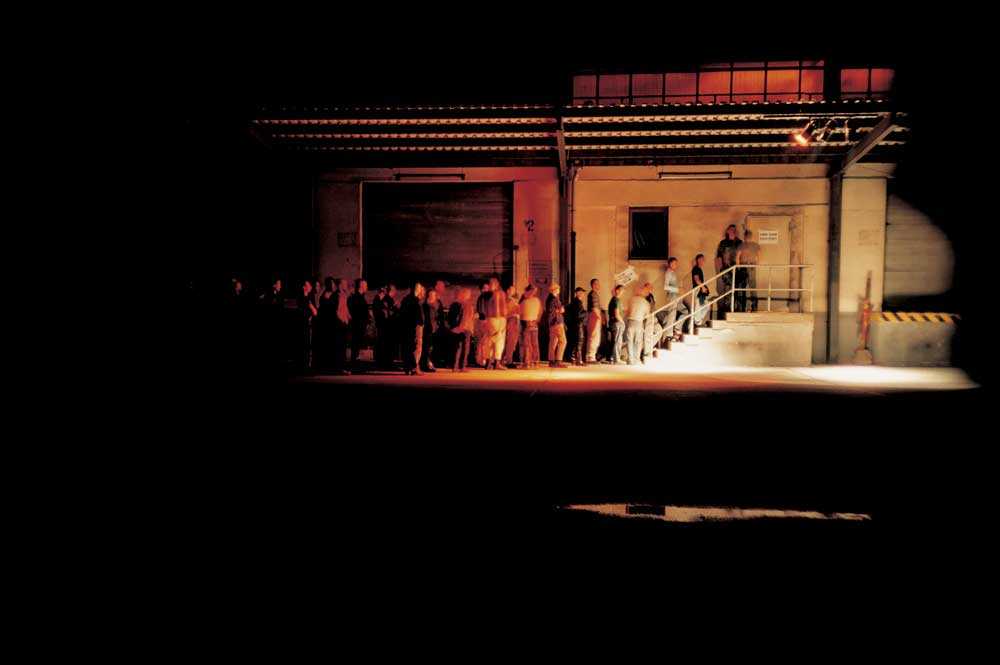
Are there any images from the exhibition you particularly favour?
I really like the body of work that Wolfgang Tillmans created for this exhibition. His work is called We Haven’t Stopped Dancing Yet, and it consists of over 30 individual photos that Wolfgang Tillmans took between 1991 and last year, 2018. So it's basically the exhibition in a nutshell. It goes from early clubs through to current clubs. They are very close to me and one of the photos is the official photo of the exhibition.
Then I also really like the photos by Berlin-based photographer called Camille Blake. She has been taking more photos of the recent scene and especially queer scenes and focusing on women in the scene. That's important for me because I think what has kept the scene in Berlin going or what's making it fresh again in the last couple of years is definitely the influence of queer communities in Berlin and people coming from other countries and other places in the world to Berlin to run parties and that is what's being captured on her photos.
Then there's also work that I really like by Erez Israeli, he's an artist from Israel and he came to Berlin a couple of years ago to do photos at Berghain and you don't see the club in his photos, but for each weekend over 8 weeks, he went to Berghain and at the entrance he got a stamp and each week the stamps that you get at Berghain are different. So, he got this stamp on his arm then he got this stamp tattooed, had a photo taken, then next week did it again, then after 8 weeks his arms were full of these stamp tattoos. For me this resonates with a couple of things: one is because it works with this no-photo policy in a creative way and it shows the only thing you take out of Berghain with you, the stamp. It also resonates to me because it shows the dedication that some people have for this club especially an artist from Israel where just a generation earlier, his parents’ generation were put into concentration camps if they were Jewish in Germany and they got this prisoner number tattooed on their arm so that's also another level of meaning for this work.
Read this next: 10 Berlin clubs you need to rave at
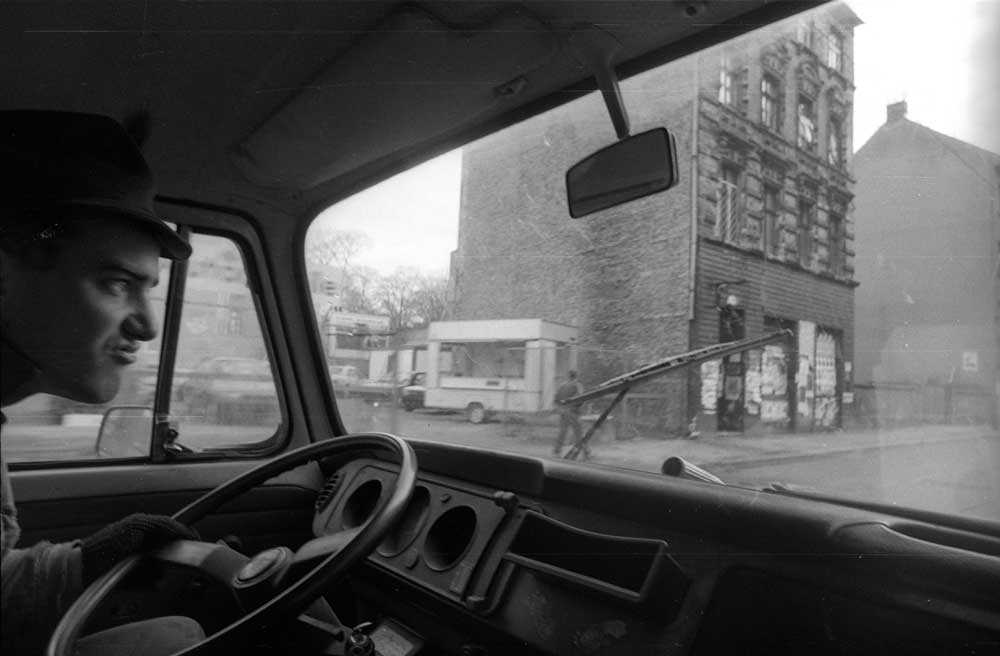
What do you hope to achieve when people visit the exhibition?
For me it's important that you get a sense of really telling a visual history of the Berlin club culture since the wall came down and since the techno scene really started in Berlin through the eyes of these very different photographers and artists. I would also like to show maybe just a sense of experimentation and freedom and the space that we've had in Berlin for the past 30 years and I think this kind of freedom and diversity in the club scene still exists today. I think this club scene is under pressure and you see clubs closing and while I think it's still a very important part of Berlin I think it's also something that's worth fighting for. This freedom that we have in Berlin is not something you can take for granted and each generation has to fight for it or make it happen and I worry that maybe in a couple of years time we will look back at this period and see that something has been lost or that it doesn't exist in this sense any longer so that's also part of the reason for this exhibition.
The clubs in Berlin could only happen because there was a lot of sense for experimentation for example the clubs in the early 90s, they were in empty buildings in the central heart of Berlin, you could get them for very, very cheap rent because they were empty and then you just said, “I want to run a gallery” and then you just did a gallery opening with a DJ, selling drinks every night. But you only got a 3-month lease so you were running something on the assumption that it could be over in 3 months.
But gentrification in Berlin forces a club to close and clubs are being driven further out of the city center and with these economic pressures it's just getting a bit safer, and there's less room for experiments and I see there's a threat of that being lost.
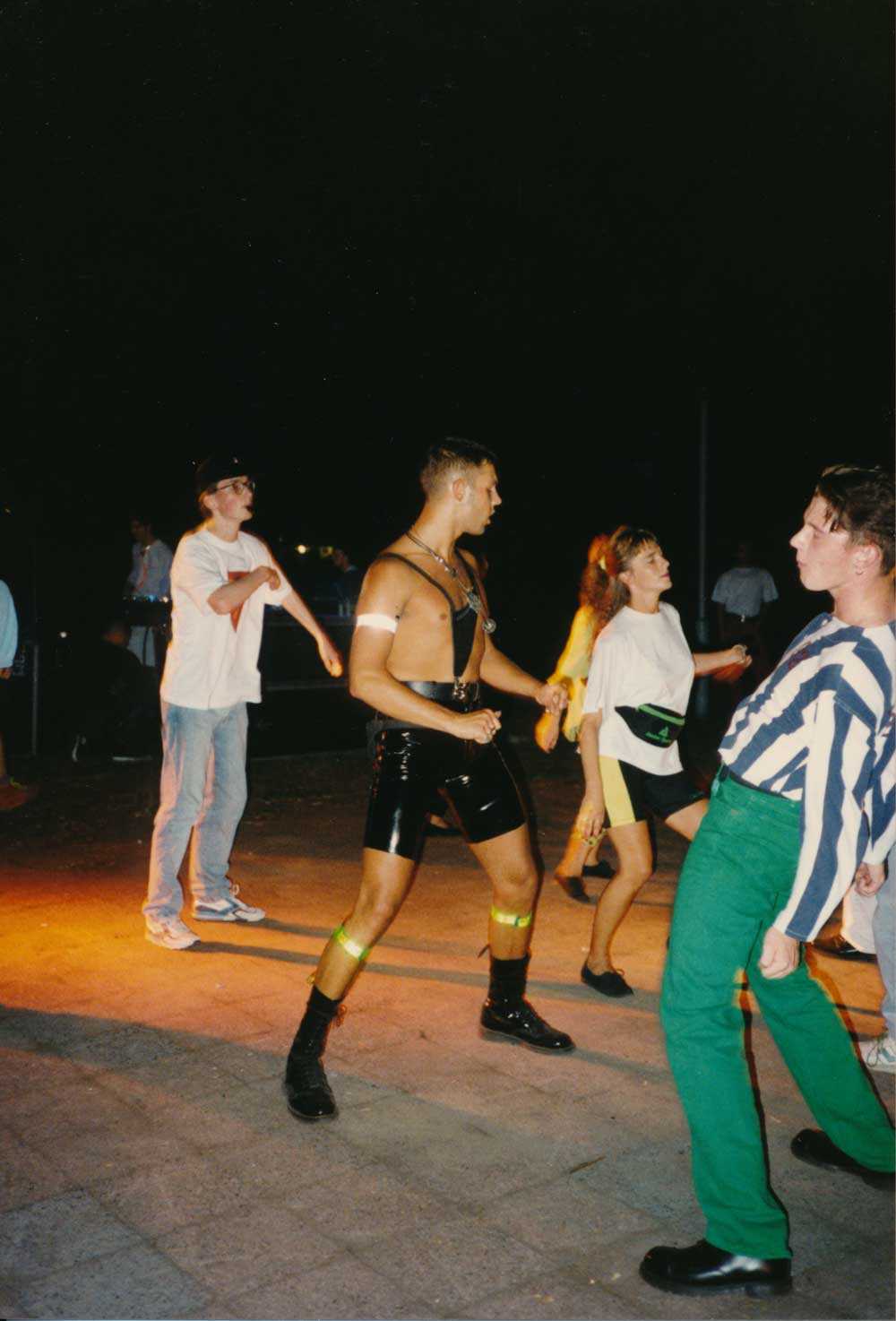
Would you want the exhibition to be taken elsewhere also? Or do you feel it would be more appropriate to keep it in Berlin?
I think it resonates a lot with Berlin and it's also no accident that the exhibition happens now, on the 30th anniversary of the wall coming down because the scene wouldn't have been possible without this. On the other hand, there's so many people visiting Berlin and seeing this exhibition and I see that there's a great interest. I think that's there's certain values that are inspiring other clubs around the world, for example in Georgia. So yes, I would like to see this exhibition travel and we are talking to some museum spaces at the moment but we don't have anything fixed yet.
Read this next: How the fall of the Berlin wall shaped techno
What does the fall of the wall mean to you personally?
It had one of the most single biggest impacts on me as a person: I was a teenager in West Berlin when the wall came down and then just 4 months later I went to the first techno party and it was one of the first techno parties happening in Berlin. It was one-and-a-half years before the first techno club Tresor opened, and what happened in these months and years after the wall came down is that saying that reunification first happened in Germany on the dancefloor and at least for me and the generation of people that I went out with you can definitely say that that was the case because what happened is that people came from West and East, they came together in spaces that were completely new to both of them. It was a great thing to discover for everyone, and then this radical new form of music, it really created a sense of being in this together maybe just for a night but the sense of a community has been really influential and has really shaped my life and that of many others.
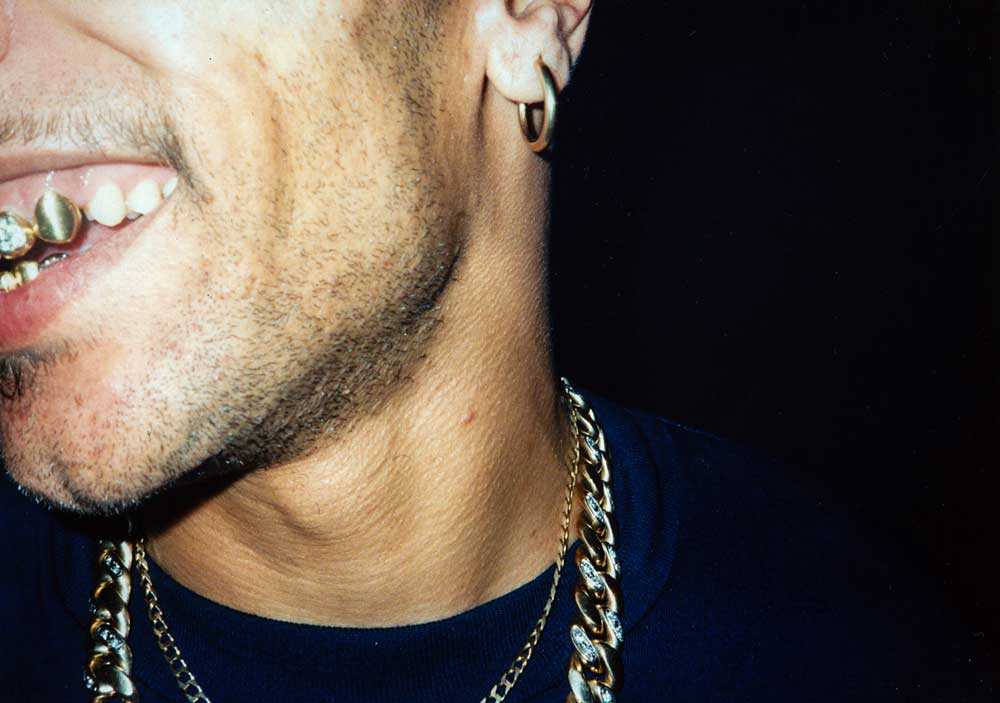
How do you feel the fall of the wall has impacted music in the past 30 years?
What you also have to remember is these early techno parties in Berlin, that was a time when you couldn't play techno records for a whole night because the genre was still so new that you didn't have enough records, so the DJ would play New Beat from Belgium or Underground Resistance records but also Electronic Body Music and it's this mixture of styles that came to be known as techno.
Then once the scene started a lot of DJs started to produce music, a lot of producers said “we're formally doing music” and they really started making techno tracks and especially what I think was very influential was through the wall coming down and spaces like Tresor happening, this is what formed the beginning of this relationship between Berlin and Detroit, this still has an impact to this day.
Do you feel the techno scene is just as inspiring and influential today as it was 30 years ago?
In a way yes, I think so. For me this is not music of the past, it's still something very current. On the other hand I have to say I am of a generation which has lived through the beginning, the excitement of seeing something completely new happening, that's something every generation has to go through for themselves, but there's nothing really that's followed up after techno.
When house and techno happened, you really had a completely different way of going out that's still intact today and I don't see anything radically changing this. For me techno is still the last European youth movement that has happened, so in that sense it's not as radical any longer, but on the other hand there's so many great tracks being made and great things being developed that it's still very exciting.
No Photos On The Dancefloor is currently running at C/O Berlin until 30th November



